Table of Contents
- Introduction
- Peppermint as a Medicinal Plant
- Aromatherapeutic Properties and Traditional Uses
- Why Vaporize Instead of Drinking Peppermint Tea?
- Key Compounds in Peppermint Vapor
- Ideal Temperature Range for Vaporizing Peppermint
- How Much Peppermint to Vaporize
- Use Cases: Focus, Digestion, Breathing
- Blending Peppermint with Other Herbs
- Building a Peppermint Vaporizing Ritual
- Inhalation Practice for Aromatic Precision
- Safety and Contraindications
- Conclusion
- About the Author
Introduction
Peppermint (Mentha × piperita) is one of the world’s most popular and well-studied herbs. While it’s best known for its cooling taste and digestive properties, peppermint is also a valuable botanical for vaporization. It delivers aromatic oils that can support alertness, clear the respiratory tract, and ease minor tension—when used properly and at the right temperature.
This guide explores the benefits, active compounds, and vaporizing techniques for peppermint, showing how this everyday herb can offer a new dimension of support through intentional inhalation. Whether used on its own or blended with other botanicals, peppermint brings clarity, breath, and a refreshing edge to any herbal session.
Peppermint as a Medicinal Plant
A hybrid between spearmint and watermint, peppermint has been used since antiquity in Egyptian, Greek, and Roman herbal traditions. It is traditionally used to soothe digestion, calm muscle spasms, relieve nausea, and freshen the breath. Its popularity in teas and extracts comes from its rich content of essential oils—especially menthol and menthone.
In modern phytotherapy, peppermint is widely applied for:
- Digestive regulation and bloating
- Mild headache and tension relief
- Mood and focus support
- Respiratory openness
Aromatherapeutic Properties and Traditional Uses
The distinctive aroma of peppermint is more than just pleasant—it also influences the nervous system. Research has shown that the scent of peppermint oil can improve alertness, working memory, and perceived energy, likely through mild stimulation of the central nervous system.
Inhaled peppermint has historically been used for:
- Enhancing concentration and focus
- Reducing nausea during travel or illness
- Opening sinuses and supporting breathing
- Cooling overheated or agitated emotional states
These effects can be enhanced by vaporizing the dried herb gently, capturing both the aromatic and bioactive elements without combustion.
Why Vaporize Instead of Drinking Peppermint Tea?
While peppermint tea is excellent for digestion, vaporizing offers a different type of delivery: it is faster, more direct, and primarily focused on the aromatic nervous system effects. Vapor enters the bloodstream via the lungs within seconds and delivers small but measurable quantities of active volatile oils like menthol directly to the body.
Compared to tea, vaporizing offers:
- Faster onset of action
- No digestion required
- Preservation of heat-sensitive terpenes
- Enhanced aromatic ritual experience
This makes peppermint an ideal herb for midday clarity, travel recovery, gentle respiratory support, or energizing transitions—especially when used mindfully and in low amounts.
Key Compounds in Peppermint Vapor
The therapeutic effects of peppermint arise from its rich essential oil content, which is especially concentrated in the leaves and upper flowering tops. Vaporizing at the correct temperature allows these oils to be released without degrading them into harsher substances.
- Menthol: The cooling, minty compound known for relieving tension and clearing sinuses
- Menthone: A monoterpene with energizing and mood-supporting qualities
- 1,8-Cineole (Eucalyptol): Supports respiratory clarity and cognitive performance
- Isomenthone & Menthyl acetate: Contribute to calming aroma and antispasmodic effect
When heated gently, these compounds produce a bright, clarifying vapor that stimulates without overstimulating—a unique effect within the mint family.

Ideal Temperature Range for Vaporizing Peppermint
Peppermint’s essential oils begin to volatilize at relatively low temperatures. To preserve their structure and maximize benefit, it’s important to stay within a controlled range—typically between 130°C and 165°C.
| Temperature Range (°C) | Primary Effect |
|---|---|
| 130–140 | Subtle aroma, respiratory opening, light clarity |
| 140–155 | Full release of menthol and menthone, energizing and fresh |
| 155–165 | Deeper body clarity, mild stomach ease, mental refreshment |
Temperatures above 170°C are not recommended, as they may degrade peppermint’s oils and introduce bitterness. If using the Vapman, aim for a very short heat pulse and lighter draw. For broader aromatic dispersion, the Lotus provides excellent convection control.
How Much Peppermint to Vaporize
Peppermint is potent in both aroma and action. You only need a small amount to feel its effects. Overuse may irritate the throat or lead to overstimulation.
- Recommended dose: 0.05 g per session
- Form: Dried, whole or lightly crushed peppermint leaf (no stem)
- Frequency: 1–2 sessions per day as needed for clarity or digestion
Store dried peppermint in a dark jar in a cool place. The aromatic oils degrade with light and heat exposure. For optimal freshness, refill your chamber when the vapor becomes flavorless or harsh. Learn more in our guide on when to refill your vaporizer.
Use Cases: Focus, Digestion, Breathing
Peppermint vapor can support a variety of physical and mental needs. Its clarity-enhancing aroma makes it suitable for more than just flavor.
For Mental Focus
Use peppermint alone or with lemon balm at 140–150°C before tasks that require attention. It’s best in the morning or midday, not at night.
For Respiratory Support
Blend peppermint with thyme or sage to support sinus clearing or breathing after exposure to dry environments or travel. Use light inhalation and low temperatures.
For Digestive Calm
After meals, a few gentle draws of peppermint at 145–155°C can reduce bloating, ease mild cramps, and calm the stomach. Avoid using when fasting or on an empty stomach.
Blending Peppermint with Other Herbs
Peppermint pairs well with a variety of calming, focusing, or uplifting herbs. It can balance strong flavors, enhance clarity, or complement digestion-focused blends.
Recommended Pairings:
- Lemon Balm (140–160°C): Calms the mind while peppermint lifts and clears. Excellent for late-afternoon sessions.
- Chamomile (190–200°C): Blend carefully with peppermint to offset bitterness and enhance post-meal digestion and calm.
- Blue Lotus (180–200°C): For dreamlike clarity and emotional softness. Use peppermint in the first phase, then switch to lotus for deeper introspection.
- Sage (160–175°C): For respiratory purification and energetic reset. Use when recovering from overexertion or stress.
Building a Peppermint Vaporizing Ritual
Although peppermint is not a sedative herb, its immediate aromatic impact makes it ideal for structured micro-rituals that anchor energy and clarity. A few focused minutes can shift your mental and physical state profoundly.
Example: Morning Grounding Session
- Open windows for fresh air and light
- Prepare 0.05 g peppermint in your vaporizer
- Heat to 140–150°C and take 3–5 slow, intentional breaths
- Pause between each draw to observe shifts in breath and body
- End with 3 minutes of silent presence or planning your first action of the day
Midday rituals may use peppermint to reset after extended screen time or before a focused block of creative work. Evening use is uncommon unless combined with heavier herbs for relaxation.
Inhalation Practice for Aromatic Precision
Because peppermint is rich in volatile oils, breath control enhances both its effects and tolerability. Fast, aggressive inhalation can cause throat dryness or sharpness. Instead, use slow, open breathing techniques.
Suggested Breath Pattern:
- Inhale through the vaporizer slowly for 4–5 seconds
- Pause for 1–2 seconds to allow absorption
- Exhale fully and slowly through the nose if possible
- Wait 20–30 seconds before next draw
Using this breath-focused method, peppermint vapor becomes a focused tool—not just a sensory experience. To fine-tune your approach, consult our article on how often to inhale from a vaporizer.
Safety and Contraindications
Peppermint is generally considered safe in small amounts when vaporized properly. However, certain users may need to approach with caution—particularly those with sensitive airways or a history of reflux.
When to Use Caution or Avoid:
- In cases of acid reflux or gastroesophageal irritation (peppermint can relax the esophageal sphincter)
- In those with asthma or airway hypersensitivity (test very small amounts first)
- In combination with stimulant herbs if you’re prone to anxiety
- Late in the day if you're sensitive to activating effects
Do not use peppermint vapor with children or pets nearby, and ensure the herb is free from added flavoring or oils. Organic or home-dried peppermint is ideal.
Conclusion
Peppermint is a versatile and invigorating herb that brings immediate clarity, focus, and aromatic freshness to any vaporizing session. While its action is not sedating, its effects are harmonizing and restorative—especially when used in small amounts and with breath awareness.
By vaporizing peppermint between 130–165°C, you preserve its essential oils and therapeutic character while avoiding the risks of combustion. Whether paired with lemon balm for calm, or used on its own before focused work, peppermint can become a reliable ally in your plant-based practice.
Devices like the Vapman and Lotus offer clean, analog precision for bringing out the best in peppermint and other aromatherapeutic herbs. Choose your method, prepare with care, and inhale with purpose.
About the Author

Michael, Founder & CEO of INHALE Vaporizers
Driven by a passion for clean, mindful vaporization, Michael leads INHALE in crafting elegant and sustainable tools like the Vapman and Lotus. With a deep focus on function, ritual, and natural wellness, INHALE helps people reconnect with the power of plants—one breath at a time.
📩 support@nowinhale.com | Contact us





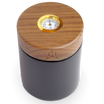



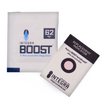


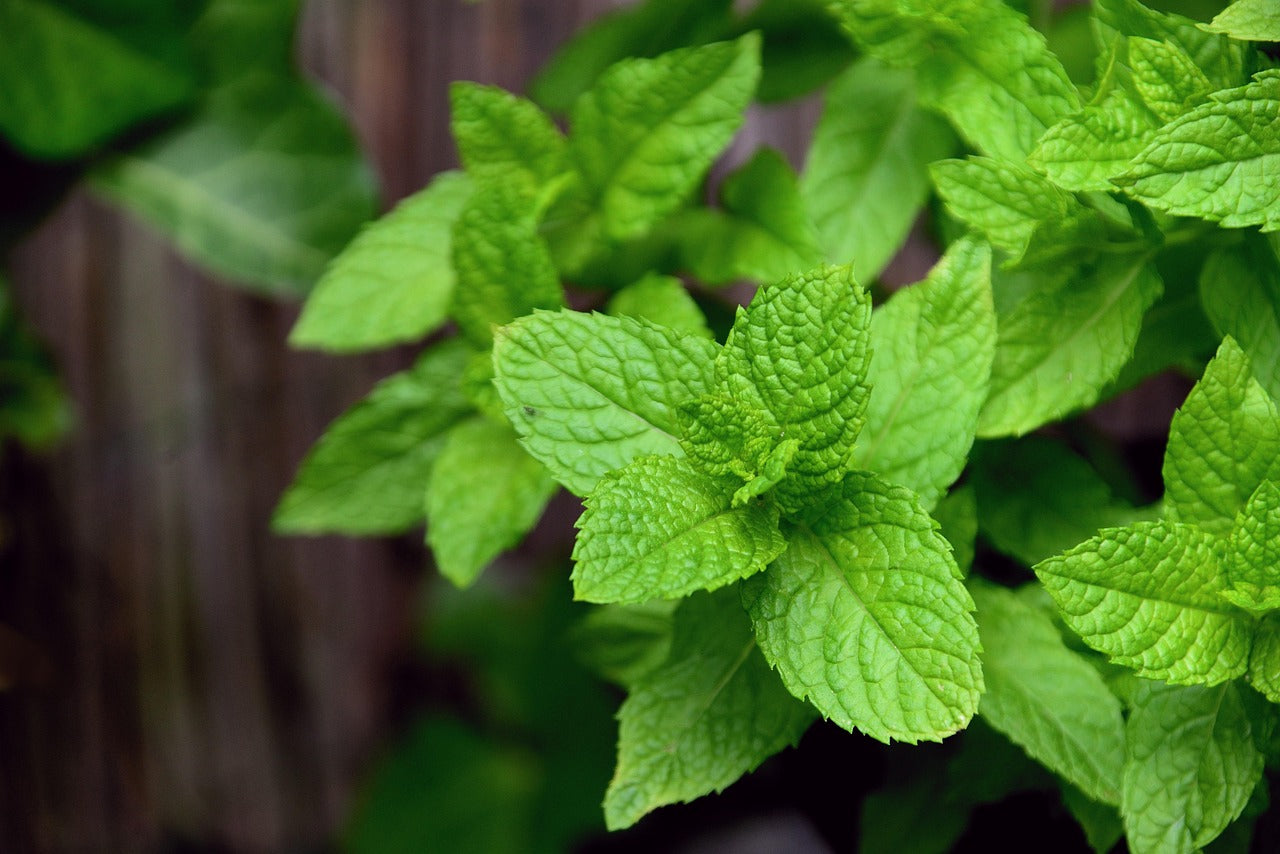
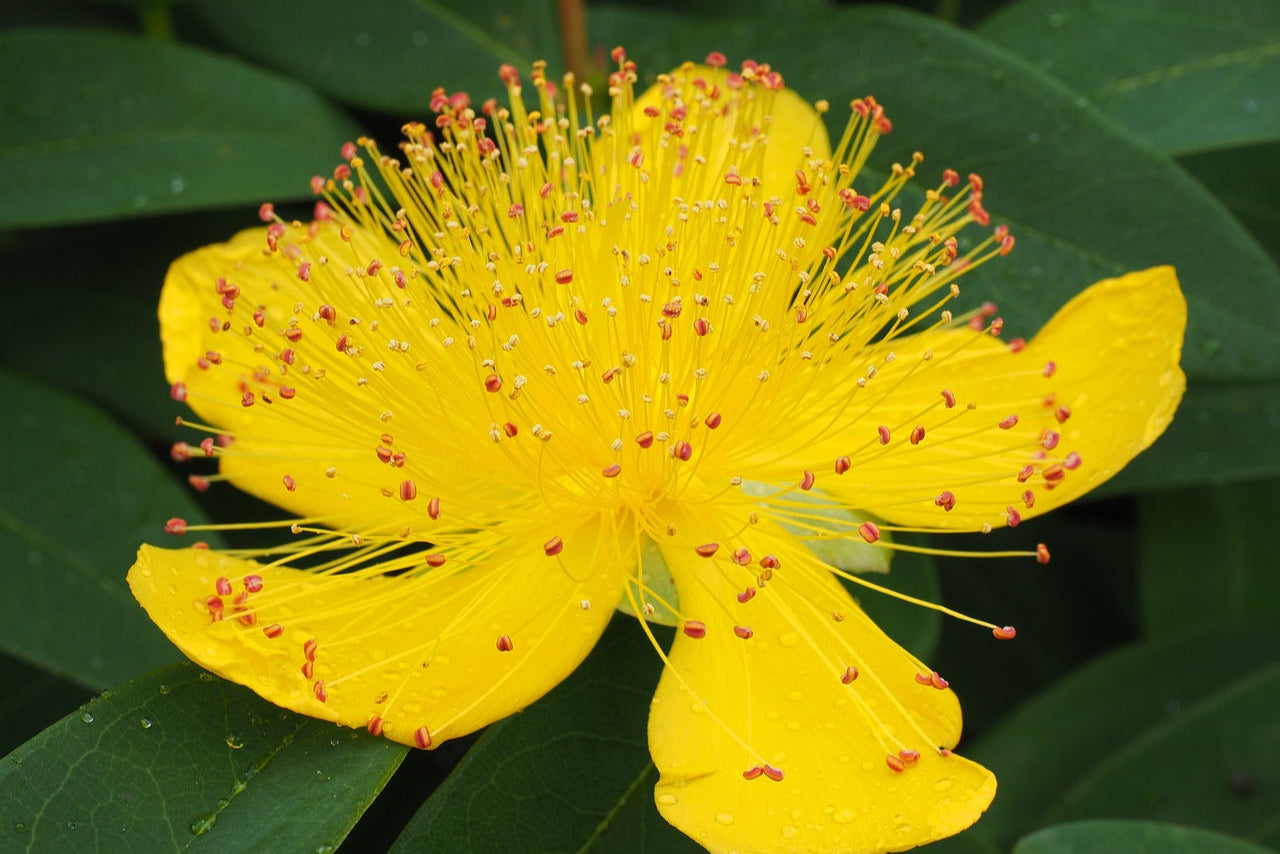
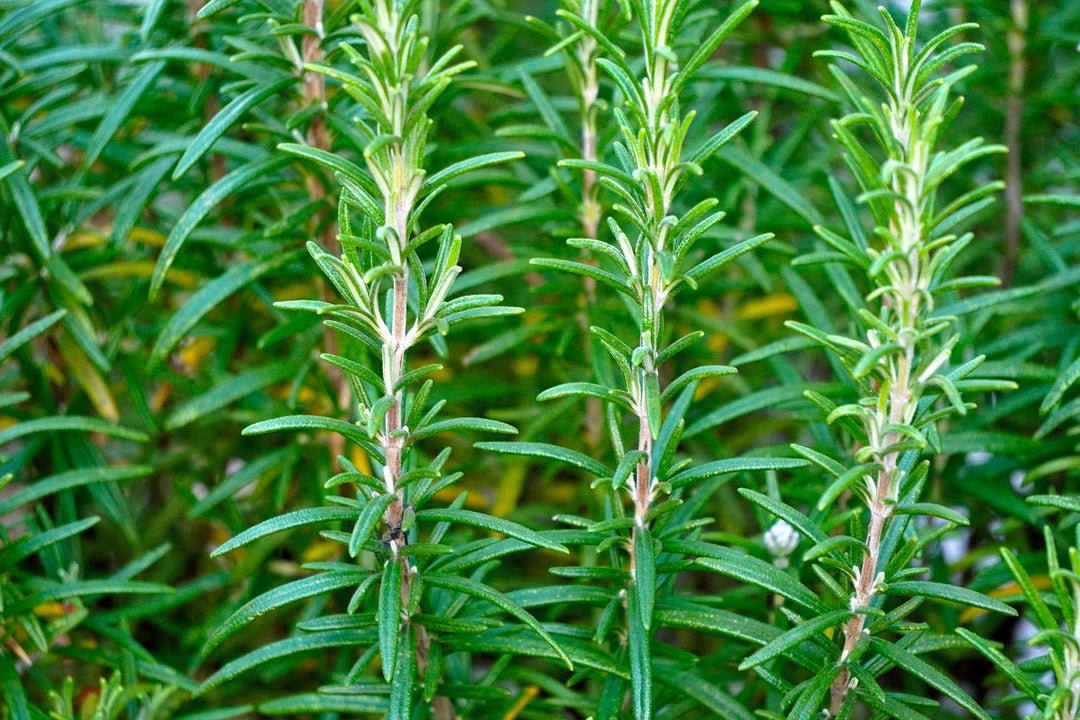


Leave a comment
All comments are moderated before being published.
This site is protected by hCaptcha and the hCaptcha Privacy Policy and Terms of Service apply.